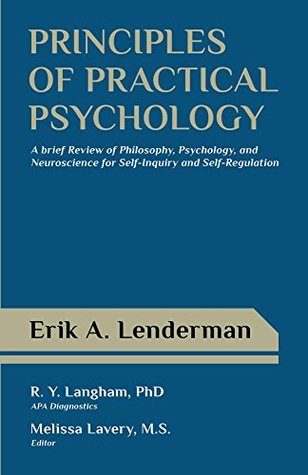Kindle Notes & Highlights
Read between
September 21 - September 26, 2019
philosophies of the East: Yoga, Buddhist philosophy of mind, The Naturalists, and Traditional Chinese Medicine.
The Myers Briggs and DSM represent models of human personality, perception, and behavior that have not yet been subjected to rigorous experimental testing.
A priori reasoning has consisted in the knowledge of reality, which has been ascertained primarily through interior, logical analysis of a thing without direct experience of that thing: i.e. mathematics, tautological statements (i.e. all women are not men), and deduction from pure reason, which does not require external observation.
A posteriori reasoning has consisted in knowledge that is acquired through empirical observation of objects in one’s environment: i.e. performing experiments on the mechanics of physical objects or observing the brain activity of a mammal.
The Socratic Method may simply serve to continuously increase the capacity for interpreting the nature of the universe through ever increasing levels of complexity.
For Plato, the highest form of love was the love of the intellect of a friend with whom one could participate in discovering knowledge of the Good, the True, and the Beautiful (Morality, Truth, and Aesthetics). The sensory stimulation of sexual attraction was therefore a more superficial form of love, which was ephemeral. Hence, the phrase Platonic Love was developed in order to describe this higher form of love.
Plato proposed that philosopher kings were obligated to promulgate religious myths that provided the general population with moral guidelines through which to govern society.
Plato believed that reality was comprised of two distinct aspects, which included the world of Universals, or Forms, and the world of Matter, or Particulars.
The efficient cause represented the causes of change that could act upon materials and their forms, and the final cause referred to the purpose of objects and their functions.


